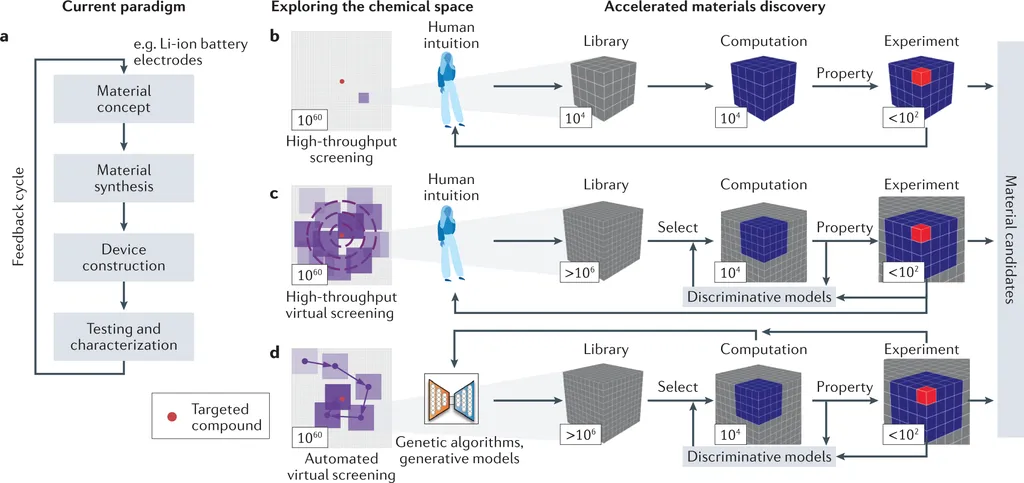In a groundbreaking development that could reshape the future of materials science, researchers have harnessed the power of deep learning to accelerate the discovery of advanced alloys with tailored strength and toughness properties. This innovation, led by Chunhui Fan at the National Materials Corrosion and Protection Data Center at the University of Science and Technology Beijing, promises to revolutionize industries reliant on high-performance materials, particularly the energy sector.
The study, published in *Materials Genome Engineering Advances* (which translates to *Materials Genome Initiative Progress*), addresses a longstanding challenge in alloy design: the trade-off between strength and toughness. Traditional methods of developing multi-principal element alloys (MPEAs) have been time-consuming and often yield suboptimal results. However, Fan and his team have developed a framework that integrates multiple deep learning models with Pareto optimization algorithms, significantly speeding up the discovery process.
“Our framework allows us to navigate the complex and sparse composition design spaces efficiently,” Fan explained. “By leveraging deep learning, we can predict and optimize the properties of MPEAs in a way that was previously unattainable.”
In just three iterations, the framework identified eight new MPEAs that surpassed existing benchmarks, demonstrating a range of strength-toughness trade-offs. This breakthrough is not just about speed; it’s about precision. The team’s microstructural analysis confirmed that the framework can influence phase formation and microstructure through precise alloy composition adjustments, achieving outstanding and varied strength-toughness combinations.
The implications for the energy sector are profound. High-performance alloys are crucial for applications ranging from nuclear reactors to renewable energy infrastructure. The ability to design materials with specific strength and toughness properties on demand could lead to safer, more efficient, and more durable energy systems.
“This research opens up new possibilities for material design,” Fan noted. “It’s not just about finding stronger or tougher materials; it’s about finding the right balance for specific applications.”
The study’s success highlights the potential of artificial intelligence in materials science. By combining deep learning with traditional optimization techniques, researchers can explore vast design spaces more efficiently, accelerating the discovery of new materials tailored to specific needs.
As the energy sector continues to evolve, the demand for advanced materials will only grow. This research provides a powerful tool for meeting that demand, paving the way for innovations that could transform industries and improve lives.
In the words of Fan, “The future of materials science is here, and it’s driven by data and intelligence.” With this framework, the future looks brighter and stronger than ever.

